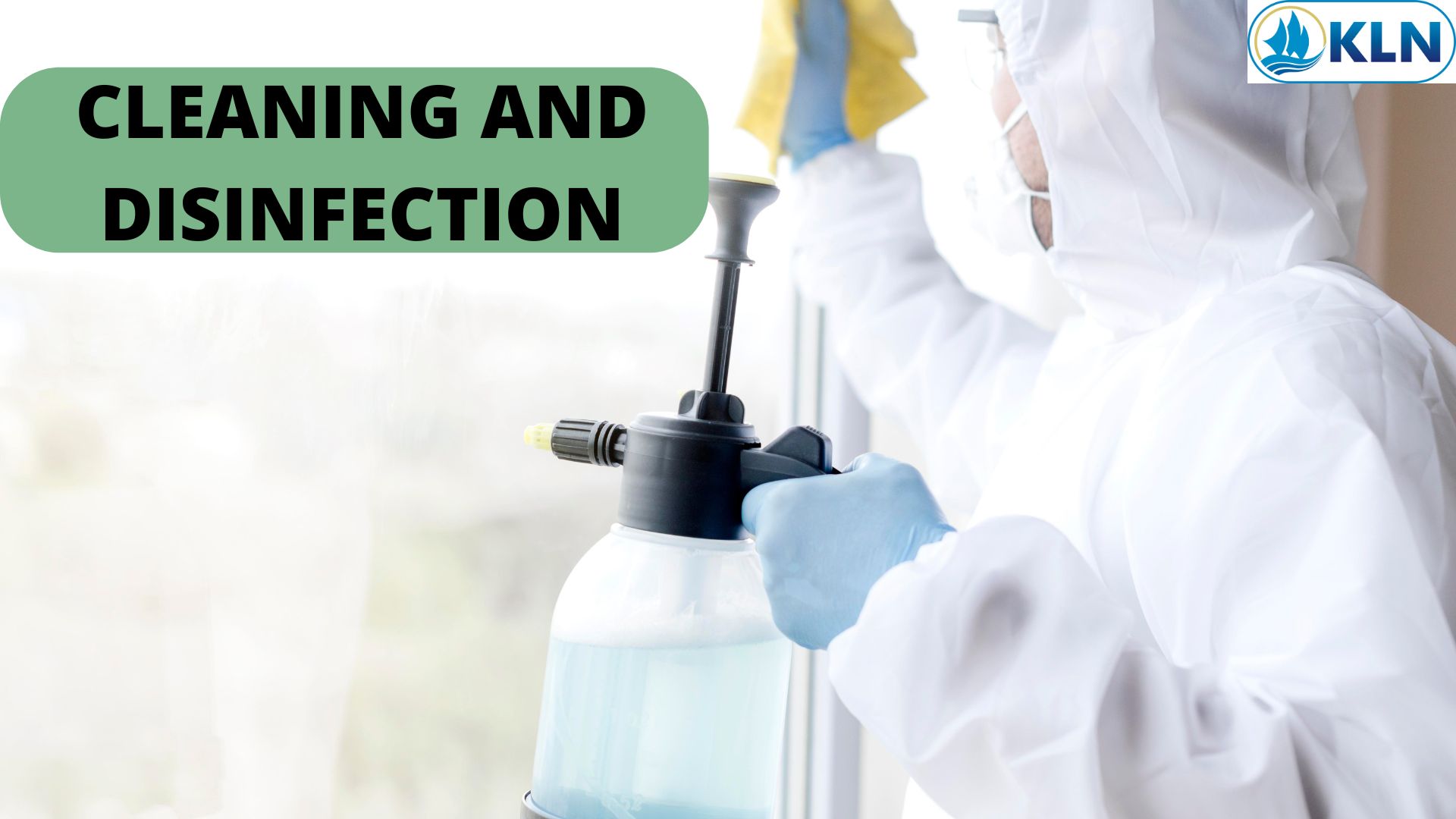CLEANING AND DISINFECTION
By. Najih - 04 Aug 2023
kelola.com - Cleaning and disinfection should be considered as two discrete steps in the cleaning procedure. Cleaning is the complete removal of residues from surfaces. Without effective cleaning, disinfection will be compromised. Disinfection is the process by which microorganisms are killed so that their numbers are reduced to a level that is neither harmful to health nor to the quality of perishable goods. Following cleaning, surfaces will be free from the soil but microorganisms remain. Using validated disinfectants on surfaces, following the instructions and contact times, reduces microorganism levels to the required level for food production.
Cleaning can be carried out by the separate or the combined use of physical methods, such as heat, scrubbing, turbulent flow, vacuum cleaning, and chemical methods. Dry cleaning or other appropriate methods for removing and collecting residues and debris may be needed in food processing areas where water increases the likelihood of microbiological contamination. Wet cleaning procedures will involve, where appropriate: removing gross visible debris from surfaces; applying an appropriate detergent solution to loosen soil; and rinsing with water (hot water where appropriate) to remove loosened material and residues of detergent.
The concentrations and application time of chemicals used for disinfection should be appropriate for use and applied according to manufacturers’ instructions for optimal effectiveness. If cleaning is not done effectively to remove soil to permit the disinfectant to contact microorganisms or if sub-lethal concentrations of the disinfectant are used, the microorganisms may persist. Cleaning and disinfection procedures should ensure that all parts of the establishment are appropriately clean. Where appropriate, a program should be drawn up in consultation with relevant experts. Written cleaning and disinfection procedures should be used, where appropriate. Disinfectant suppliers should provide a material safety data sheet (MSDS) to set out the hazardous properties of each product. This provides information about the health hazards, physical, and chemical characteristics, first aid, and how to use the chemical safely.








